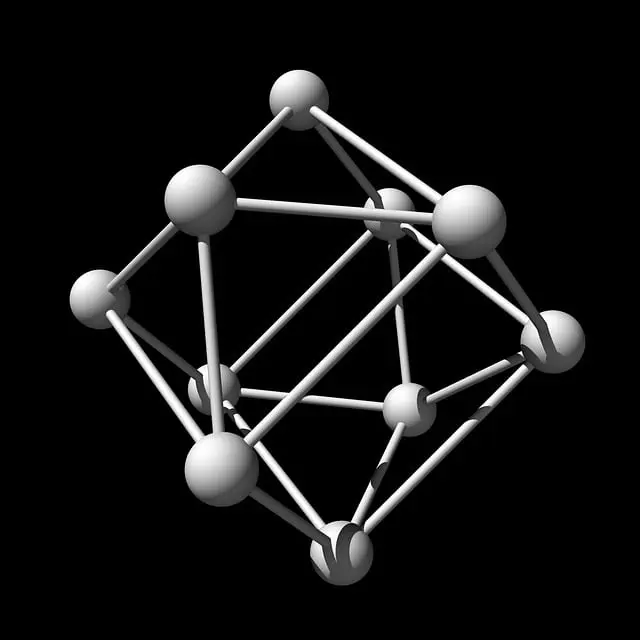Kratom, derived from the plant Mitragyna speciosa, offers natural addiction treatment with distinct strains like Maeng Da and Red Vein. Maeng Da's high 7-HMG content provides energetic stimulation for initial recovery, while Red Vein's higher mitragynine levels offer gentle relaxation for long-term management. Both cater to diverse recovery needs, but long-term use can lead to dependence. Professional guidance is crucial for safe and effective recovery due to variability in potency and purity.
Kratom, derived from the tropical plant Mitragyna speciosa, has emerged as a potential ally in addiction treatment and recovery. This natural herb, renowned for its diverse strain variations like Maeng Da and Red Vein, offers unique benefits tailored to different needs. By interacting with brain chemistry, kratom can alleviate withdrawal symptoms and curb cravings, making it a game-changer in the realm of recovery. However, understanding its science, potential risks, and considering individual factors are crucial before incorporating kratom into addiction treatment plans.
- Understanding Kratom and Its Effectiveness in Addiction Treatment
- Exploring Maeng Da vs Red Vein Kratom for Different Recovery Needs
- The Science Behind Kratom's Action on Brain Chemistry and Addictive Behaviors
- Potential Benefits, Risks, and Considerations for Using Kratom in Recovery
Understanding Kratom and Its Effectiveness in Addiction Treatment
Kratom, derived from the tropical plant Mitragyna speciosa, has gained attention as a potential tool for addiction treatment and recovery. This natural herb, available in various forms like powder or capsules, contains potent compounds called alkaloids that interact with opioid receptors in the brain, offering a range of therapeutic effects. The two primary types, Maeng Da and Red Vein, differ in their chemical profiles, leading to distinct experiences.
Maeng Da, known for its high levels of 7-hydroxymitragynine (7-HMG), is often associated with more energetic and stimulating effects, which can aid in managing withdrawal symptoms and boosting mood. Conversely, Red Vein kratom, rich in mitragynine, tends to produce sedative and relaxing effects, potentially helping with insomnia and anxiety during the recovery process. Its balance of alkaloids makes it a popular choice for those seeking gentle yet effective relief from addiction’s physical and psychological grip.
Exploring Maeng Da vs Red Vein Kratom for Different Recovery Needs
When it comes to addiction treatment, Kratom offers a natural alternative with various strains catering to distinct recovery needs. Among them, Maeng Da and Red Vein Kratom stand out due to their unique properties. Maeng Da, known for its potent effects, is often preferred by individuals seeking rapid relief from withdrawal symptoms. Its high mitragynine content provides significant pain management benefits, which can be advantageous during the initial stages of recovery when managing physical discomfort is crucial.
In contrast, Red Vein Kratom is renowned for its calming and soothing properties. This strain is ideal for long-term recovery as it promotes relaxation without inducing sedation. Red Vein’s lower mitragynine levels and higher 7-hydroxymitragynine (7-OH-Mitragynine) content contribute to a more gentle and balanced effect, making it suitable for managing anxiety and stress commonly associated with addiction recovery. Thus, the choice between Maeng Da vs Red Vein depends on individual preferences and specific recovery goals.
The Science Behind Kratom's Action on Brain Chemistry and Addictive Behaviors
Kratom, derived from the tropical tree Mitragyna speciosa, has gained attention for its potential in addiction treatment due to its unique interaction with brain chemistry. The plant contains various alkaloids, with mitragynine being the primary active compound. This substance binds to opioid receptors in the brain, mimicking the effects of endorphins and offering a promising alternative for managing withdrawal symptoms and cravings associated with addictive behaviors.
The difference between strains like Maeng Da and Red Vein kratom is notable. Maeng Da, known for its potent effects, contains higher levels of mitragynine and 7-hydroxymitragynine, contributing to its powerful mood-enhancing and pain-relieving properties. On the other hand, Red Vein kratom strains are typically milder but longer-lasting, offering more subtle yet sustained effects. This diversity in strains allows for personalized treatment approaches, catering to individual needs in the journey towards recovery from addiction.
Potential Benefits, Risks, and Considerations for Using Kratom in Recovery
Kratom, a natural herb derived from the Mitragyna speciosa plant, has gained attention as an alternative treatment for addiction recovery. It offers potential benefits for those seeking to overcome substance use disorders, especially in conjunction with traditional therapy and support programs. One of its key advantages is its ability to reduce cravings and provide a sense of calm, making it useful for managing withdrawal symptoms. Different strains like Maeng Da and Red Vein Kratom have distinct properties; Maeng Da is known for its potent effects, including increased energy and focus, while Red Vein varieties are often associated with more relaxing and soothing benefits, potentially aiding in stress reduction during recovery.
However, it’s crucial to approach Kratom therapy with caution. Long-term use or misuse can lead to adverse effects, such as dependence, tolerance, and even severe health complications. The variability in Kratom products, including their potency and purity, adds another layer of complexity. Using Maeng Da vs Red Vein kratom strains incorrectly may result in unexpected outcomes. It’s essential for individuals considering Kratom for recovery to consult healthcare professionals who can provide guidance tailored to their specific needs, ensuring a safe and effective journey towards addiction freedom.
Kratom offers a promising natural alternative for individuals navigating addiction recovery. The distinct effects of Maeng Da and Red Vein kratom varieties cater to diverse needs, while its interaction with brain chemistry provides insights into its potential as an aid in breaking addictive behaviors. While it presents potential benefits, careful consideration of risks and scientific understanding is crucial for safe and effective use. Further research highlights the need for more evidence-based practices integrating kratom into addiction treatment plans.





